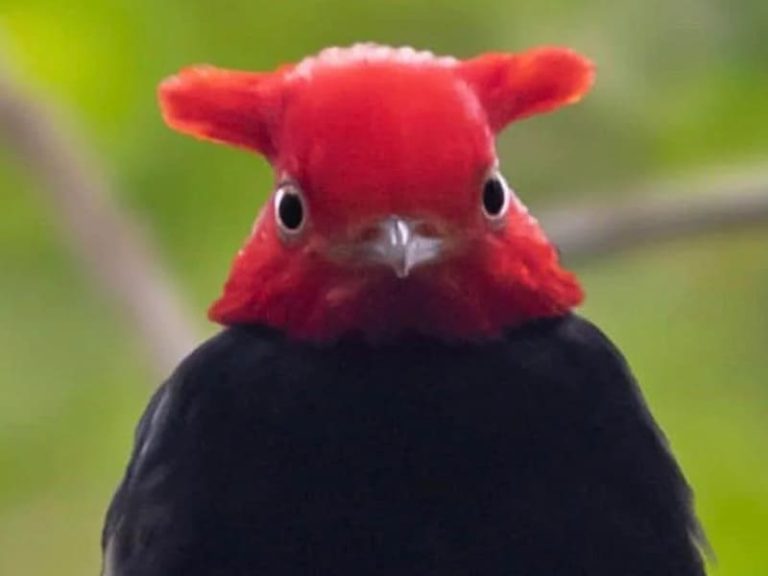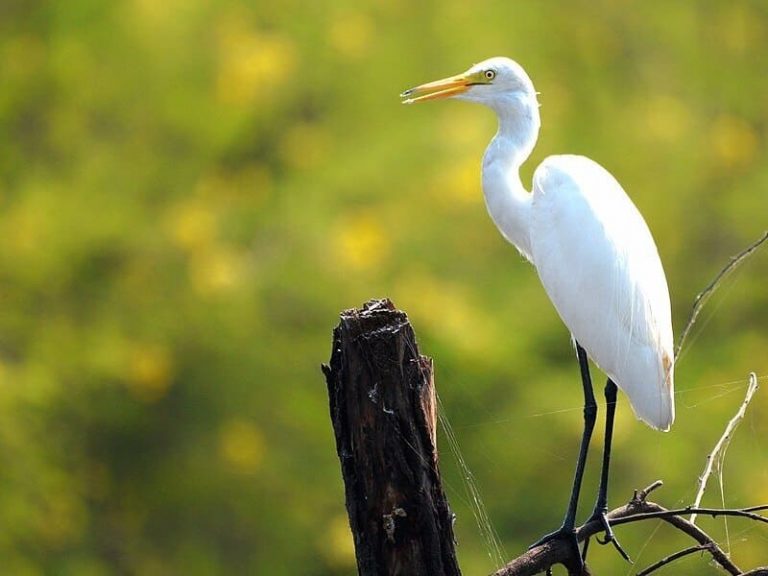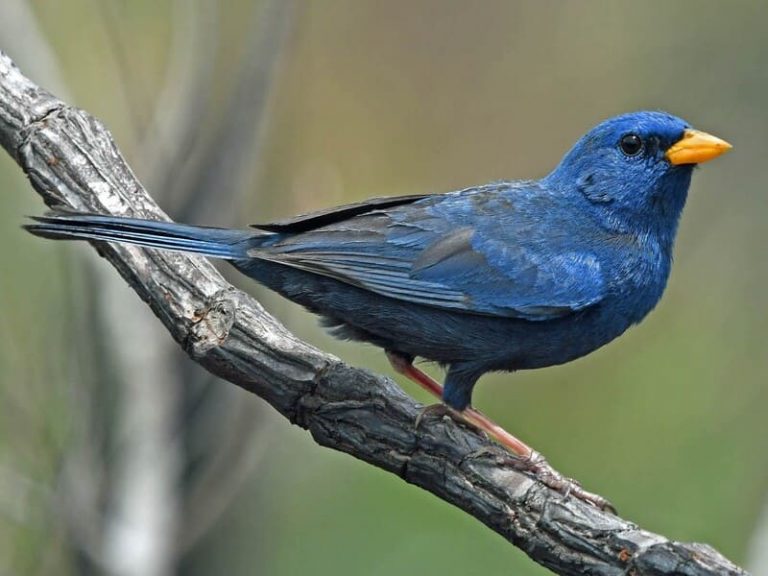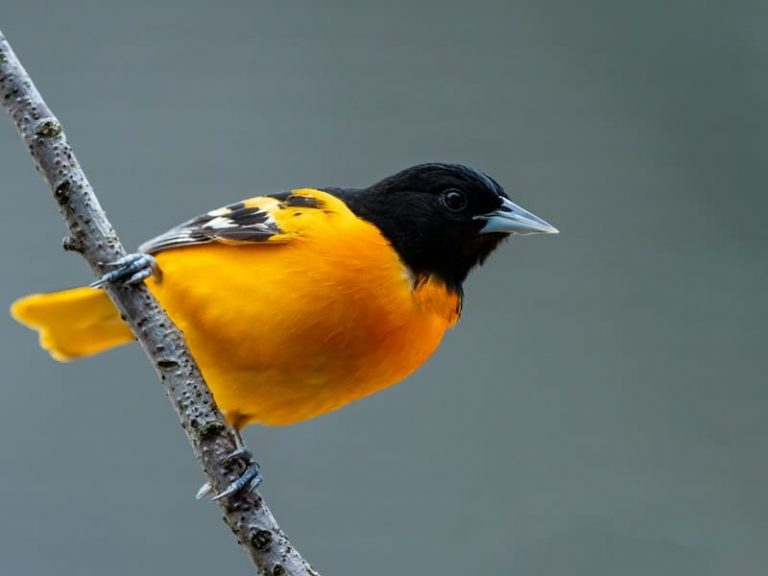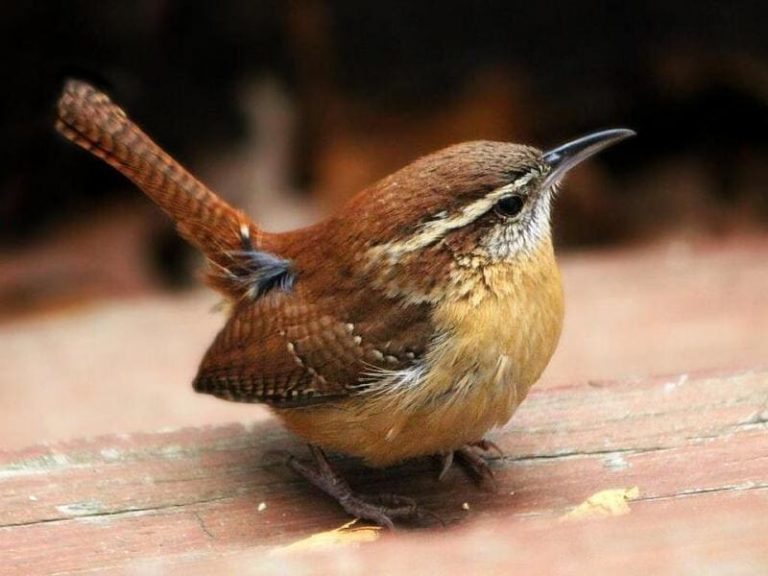Birds That Build Mud Nests
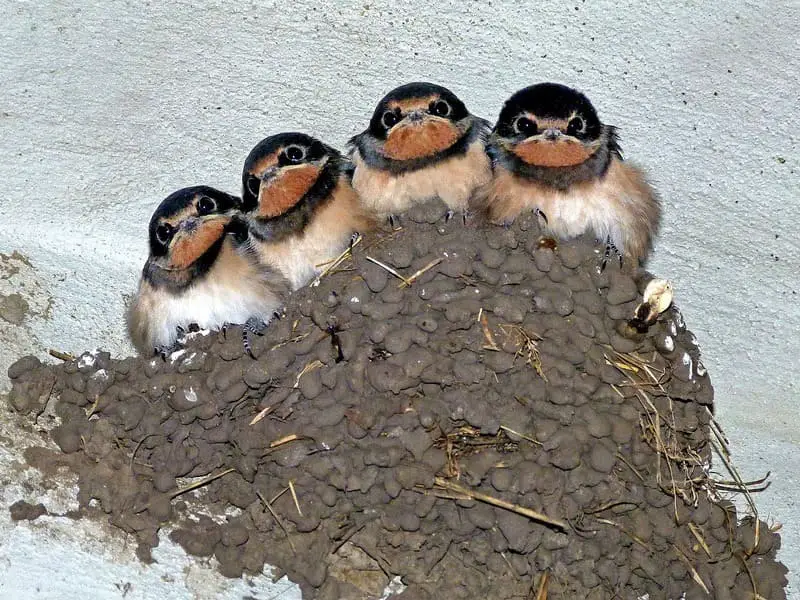
Did you know that there are birds that build their nests out of the mud? It’s true! In this blog post, we will discuss some of the most common birds that build mud nests, as well as some of the benefits of building a mud nest. Stay tuned for more information!
Contents
Birds That Build Mud Nests
Some birds are known to build their nests out of the mud. The most common of these is the swallow, though others include the martin and the house finch. Each year, these birds will fashion their nests out of mud, creating a safe and comfortable home for their young. While some people may view this as a messy endeavor, it is actually a fairly intricate process.
- First, the bird will collect mud from a nearby source, using its beak to mold it into shape.
- Next, it will add grasses and other materials to the mix, constructing a sturdy structure that can withstand the elements.
- Finally, it will line the nest with soft leaves or feathers, creating a warm and inviting space for its chicks.
Though it may not be as flashy as some of the other birds’ nests, a mud nest provides reliable homes for these avian builders. Let’s discuss some more birds that build mud nests.
1. Common House Martin
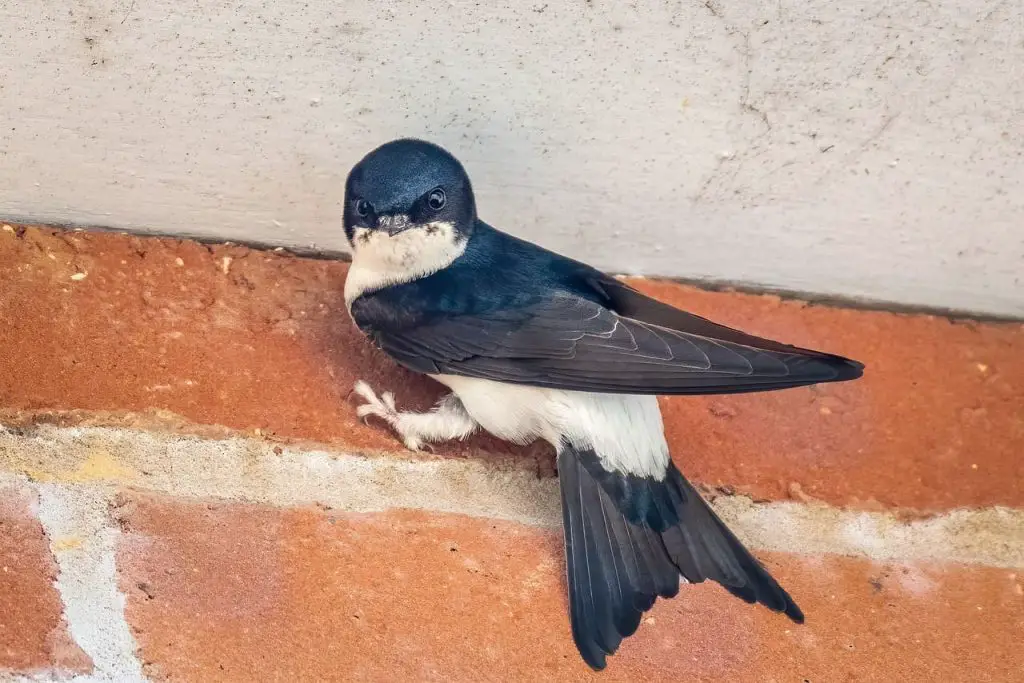
The common house martin is a small passerine bird in the swallow family. It breeds in Europe, North Africa, and across much of Asia. This species is strongly migratory and winters in southern Africa. It is a medium-sized bird, with black upper parts and white underparts. The wings are dark with narrow white stripes visible on the leading edge.
The bill is black and the legs are blue-grey. Birds that build mud nests are predators of insects. Common house martins eat flies, wasps, beetles, moths, and honeybees. Their stalking behavior is similar to that of other aerial insectivores, such as shrikes and hobbies.
Birds that build mud nests occasionally take larger prey items such as dragonflies, which they subdue on the ground before eating them. Birds that build mud nests typically have a wide diet and are not fussy eaters. This makes them less likely to suffer from malnutrition or insufficient food supply during lean times. Consequently, these types of birds are less likely to become endangered or extinct.
2. Purple Martin

The purple martin is one of the birds that build mud nests. The purple martin is the largest North American swallow. Adult purple martins are about eight inches long and have dark feathers. The dark feathers on the back of the adult purple martin are iridescent and look purplish in sunlight. Purple martins eat mainly insects.
They fly high in the air to catch insects. Adult purple martins can eat up to 2,000 insects in a day! The female purple martin lays four to six eggs in her nest. The eggs hatch in about two weeks. Baby purple martins are called fledglings. Fledglings leave the nest after about four weeks. Purple martins migrate south for the winter and return north for the summer.
3. Cliff Swallow
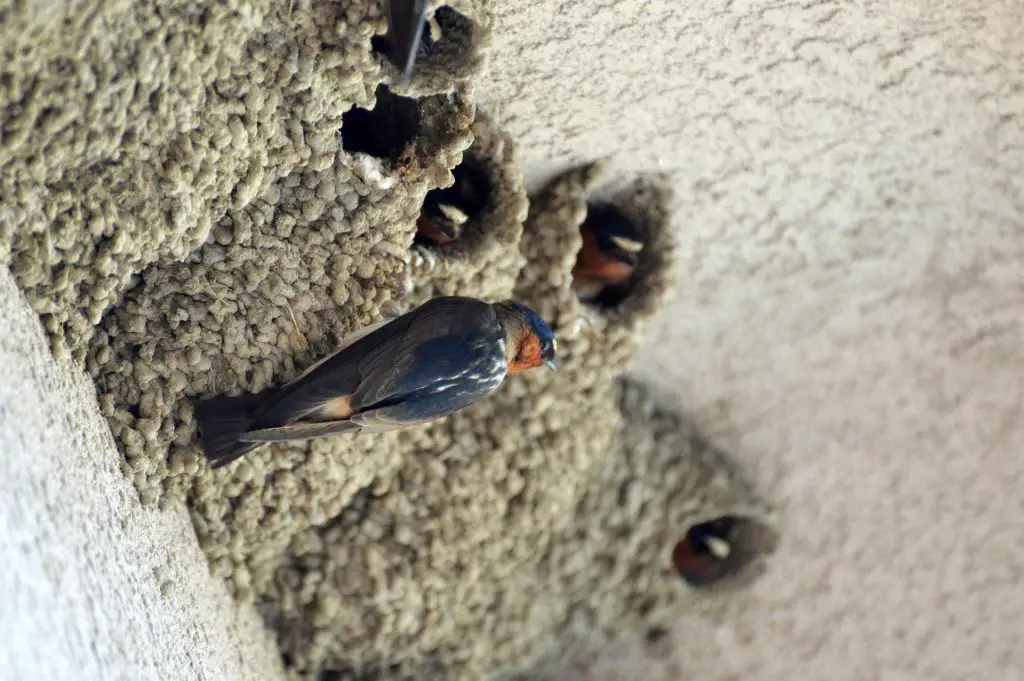
The Cliff Swallow is a small songbird that is found throughout North and South America. These birds are easily recognizable by their dark upper parts and light-colored underside, as well as their long, forked tail. They are also unique in that they build their nests out of mud, which they collect from bodies of water using their beaks. While most birds build their nests in trees or shrubs, they prefer to construct their homes on cliffs or other man-made structures.
In fact, these birds will often build their nests’ side by side with other Cliff Swallows, forming large colonies. They are non-migratory birds, meaning that they remain in the same area year-round. However, if food becomes scarce, these birds will travel great distances in search of a new home.
4. American Flamingo
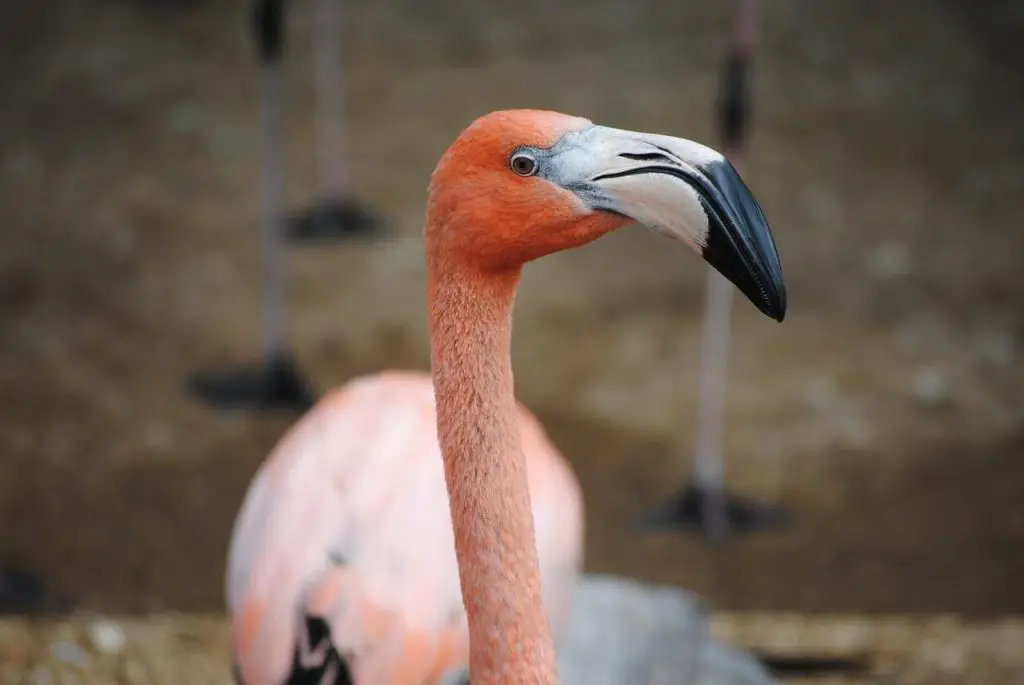
The American flamingo is a large pink bird that is most commonly found in the Caribbean. These birds are well-known for their long legs and necks, as well as their bright pink feathers. While they are often thought of as tropical birds, American flamingos can actually live in a variety of different climates. In fact, they have been known to build mud nests in regions as diverse as the Andes Mountains and the Great Plains.
No matter where they make their home, American flamingos are social creatures that typically live in large flocks. These birds primarily eat crustaceans, but they will also consume other small animals and plants. Thanks to their diet, they play an important role in the ecosystem by helping to keep populations of insects and other pests in check.
5. Black-billed Magpie
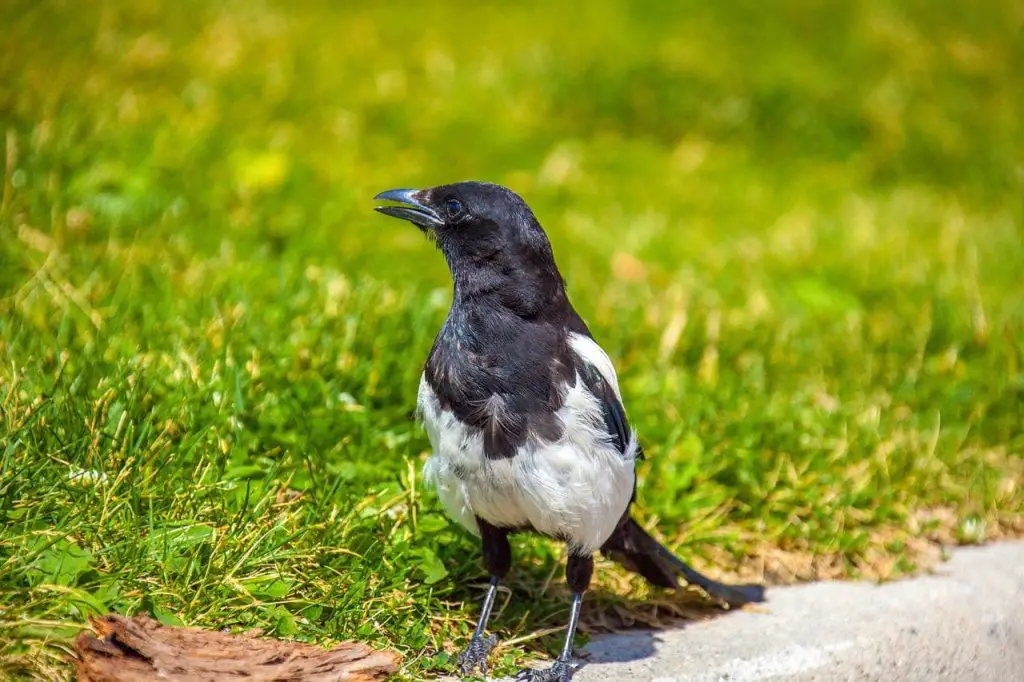
The black-billed magpie is a passerine bird native to North America. It is the only member of the genus Pica in the jay family, Corvidae. The black-billed magpie is easily distinguished from other members of its family by its large size, black plumage, and long tail. Magpies are known for their intelligent behavior and ability to solve complex problems.
They are also one of the few birds that build mud nests. The black-billed magpie is found in open woodlands and prairies across North America. It is a common bird in both rural and urban areas, and its population is thought to be stable.
6. Apostlebird
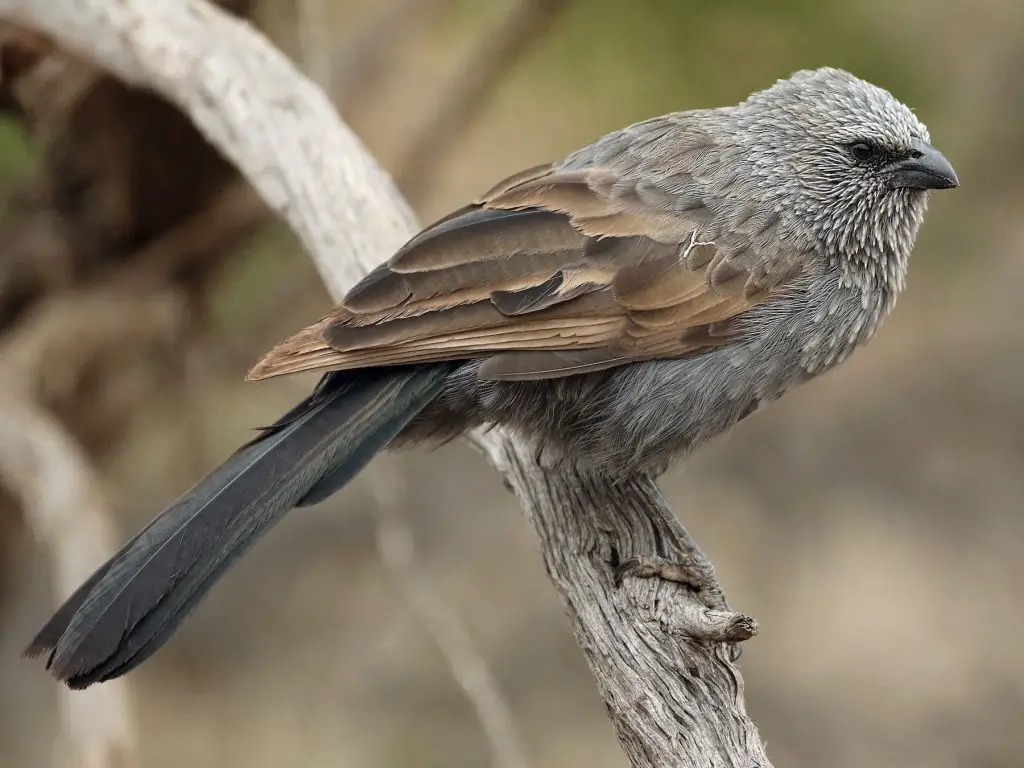
The apostlebird is a species of bird that is found in Australia. These birds are known for their habit of building mud nests. The apostlebird gets its name from the number of birds that are often seen in a group, which is similar to the number of apostles in Christian belief. These birds are brownish-grey in color and have black tails.
They are around 30cm in length and weigh around 100 grams. The apostlebird is omnivorous, and its diet consists of insects, spiders, lizards, seeds, and fruits. These birds are not considered to be threatened or endangered. However, their populations have declined in recent years due to habitat loss and fragmentation.
7. Black Phoebe
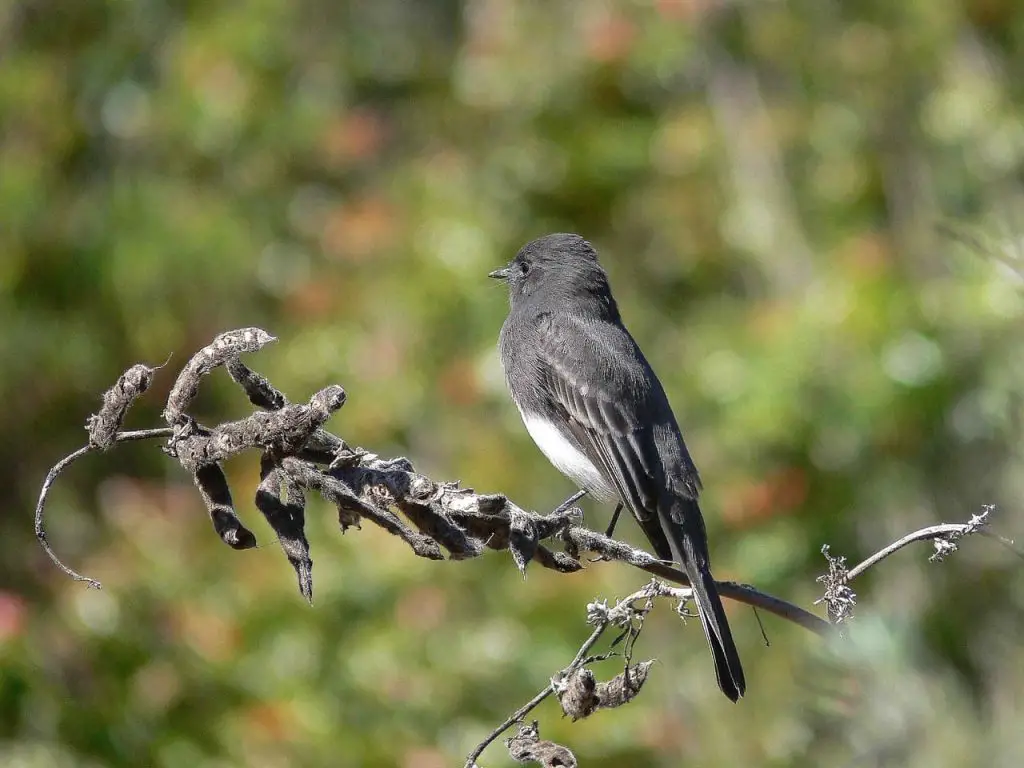
The Black Phoebe is a small bird that is common in the western United States. They get their name from their sooty black plumage. The Black Phoebe is a member of the flycatcher family and can be found near streams, ponds, and other water sources where they hunt for insects.
These Birds are not afraid to build their nests close to humans. In fact, they will often build their nests on porches or balconies where they can have a good view of their hunting grounds. Although they are not particularly vocal birds, the Black Phoebe has a distinct call that sounds like “fee-bee.”
8. Barn Swallow
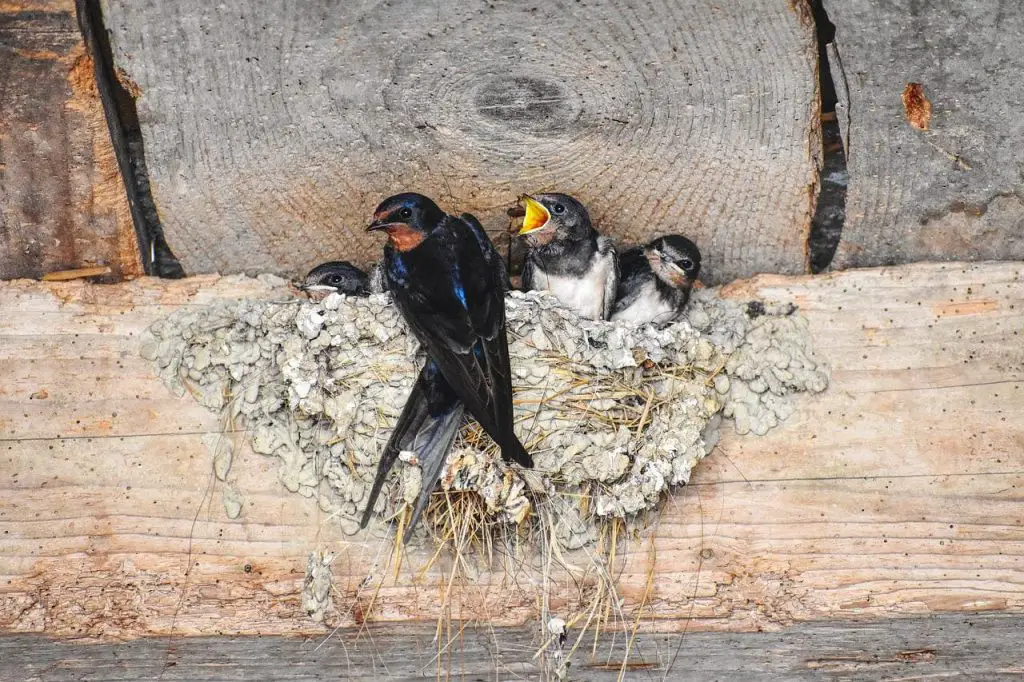
The barn swallow is a small songbird that is found throughout the world. It gets its name from its habit of nesting in barns and other man-made structures. They are brown or gray above and white below, with long, forked tails. They are strong fliers and can be seen swooping and diving after insects in flight. Nesting season for barn swallows begins in springtime.
The female builds a nest by gathering mud from puddles and ponds and shaping it into a cup. The nest is usually attached to a rafter or beam inside the barn. Barn swallows typically lay four to six eggs, which hatch after about two weeks. Both parents help to feed the chicks until they are old enough to fly. Once the chicks fledge, the family breaks up and the birds go their separate ways.
9. Spotted Morning Thrush
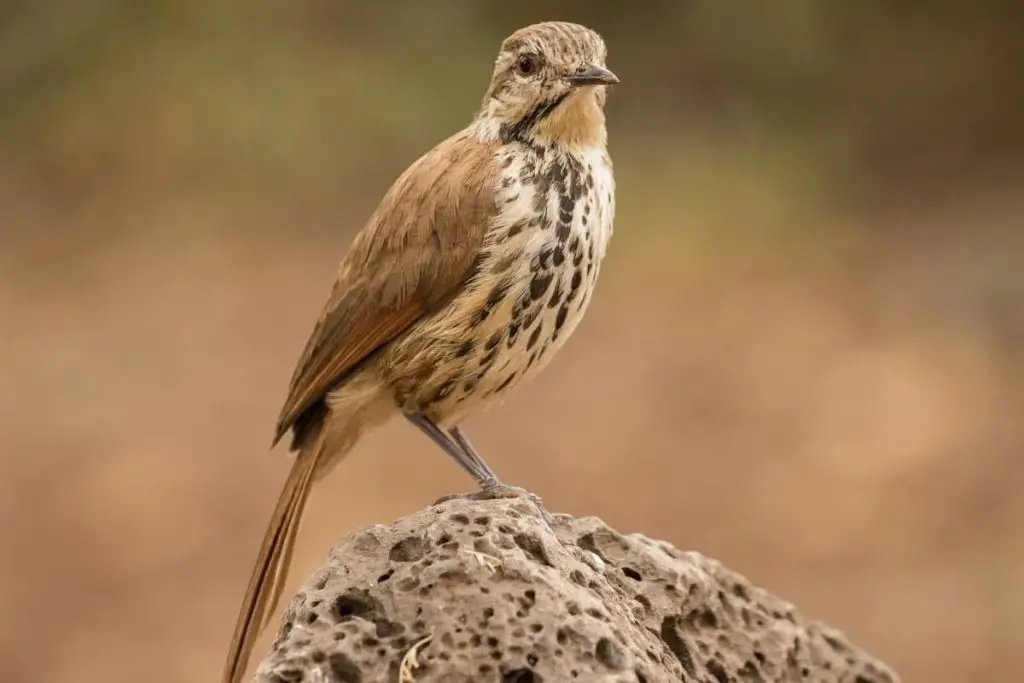
The Spotted Morning Thrush is a small bird that is known for building mud nests. These nests are built using a variety of materials, including leaves, twigs, and even feathers. The bird will often use its beak to fashion the nest, which can take several days to complete. Once the nest is finished, the bird will lay a single egg inside it.
The egg will hatch after about two weeks, and the young bird will fledge after another two weeks. This bird is found in the tropical regions of Africa and Asia. It typically inhabits forests and woodlands, but can also be found in urban areas.
10. White-Winged Chough
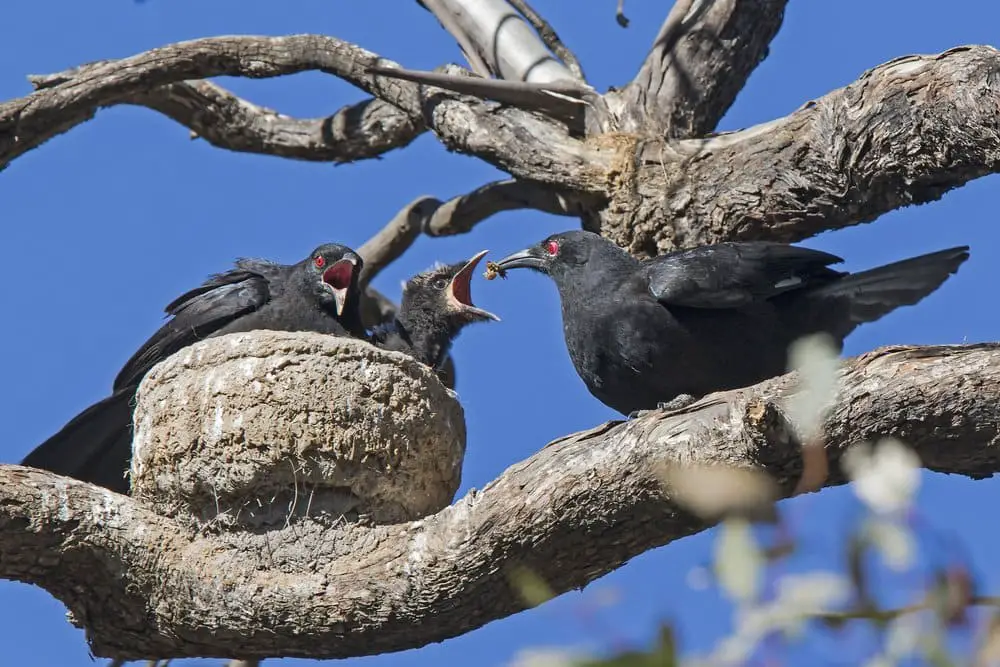
The White-Winged Chough is a small bird that is native to Australia. They are also unique in that they build their nests out of the mud. White-Winged Choughs are social birds and often live in colonies.
These birds are important for the ecosystem because they help to control insect populations. In addition, their mud nests provide homes for other small animals such as lizards and snakes. The White-Winged Chough is a fascinating bird that plays an important role in the Australian ecosystem.
FAQs
Let’s discuss some most frequently asked questions about birds that build mud nests.
Do Robins use mud in their nests?
There is some debate over whether or not robins use mud in their nests. Some people believe that robins do use mud in their nests, while others believe that robins only use grass and other materials. However, there is no concrete evidence either way.
Do Sparrows build mud nests?
Yes, sparrows do build mud nests. The process of building a mud nest is actually quite fascinating. Sparrows start by finding a good location for their nest. This can be either in a tree or on the ground.
Once they have found a good spot, they begin to gather small bits of grass, twigs and leaves to form the frame of their nest. Next, they use their beaks to mix wet mud with the saliva and apply it to the frame of the nest. They continue to do this until the nest is finished.
How do birds make mud nests?
To make a mud nest, birds first gather up moist soil in their beaks and then shape it into the desired shape. Some bird species will add plant materials such as leaves or twigs to help make the structure more stable. Once the basic framework of the nest is complete, the bird will then use its body to smooth out the exterior and make it more comfortable for eggs to be laid. The final step is to line the inside of the nest with softer materials such as feathers, grass, or cotton batting.
Conclusion
Mud nests are a beautiful example of how animals can adapt to their environment. They also provide a valuable service by helping to improve water quality. We have discussed 10 birds that build mud nests. If you enjoyed this post, be sure to check out our other posts about birds and their nests.
Interesting articles:

